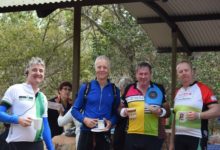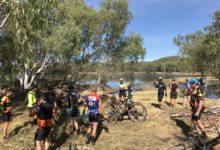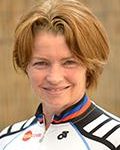The fluid you drink while riding is taken to replace water and electrolytes lost through perspiration. You also lose fluid when you breathe, but this is of lesser importance. The amount of fluid you consume will vary depending on how hot it is when you are riding and how much you perspire. The hotter the day and the more you perspire so the more fluids and electrolytes you’ll need to replace. Again, each individual has their own specific hydration needs, so it’s important to experiment while out riding until you find out what works for you.
Hydration can be complicated further because many people rely on the carbohydrate in the sports drinks to provide them with their fuel as well.
On cooler days, they may not be drinking enough of the sports drink to meet their 30-60 grams of carbohydrate per hour requirements. If this is the case then supplementing their sports drink with a snack will help. Drinking too much on a cooler day means you may need to go to the toilet more often to expel the extra water.
Also, on the hottest part of really hot days you may not be able to consume enough fluid that you lose. If you know that you are going to be riding through the middle part of a really hot day it’s important to ensure that to keep on top of your hydration earlier on in the ride.
By doing this, you’ll be less likely to run deeply into hydration deficit before the mid-day heat. Headaches are a sure sign that you are dehydrated. If this happens, let your ride leader know.
There are regular water stops along the C2K route so ensure that you tell your ride leader that you need to stop if you’re running low on water. Make sure you fill your water bottle before you leave the stop including the lunch stop. Also remember to stay hydrated throughout the day post ride.
Good luck with your preparation! The next article will discuss bunch riding techniques.
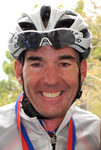 Written by David Heatley, Accredited Cycling Australia Cycling Coach and Director of Cycling-Inform.
Written by David Heatley, Accredited Cycling Australia Cycling Coach and Director of Cycling-Inform.


